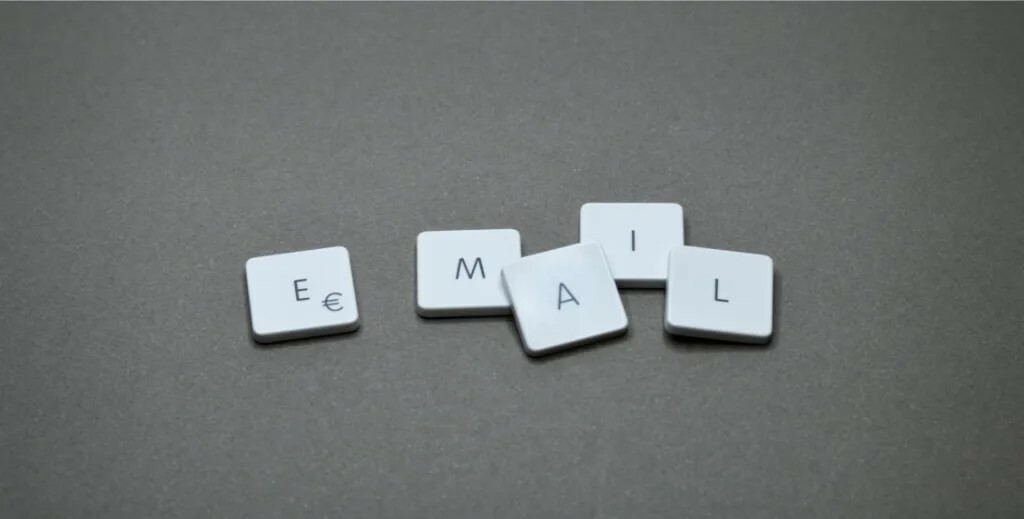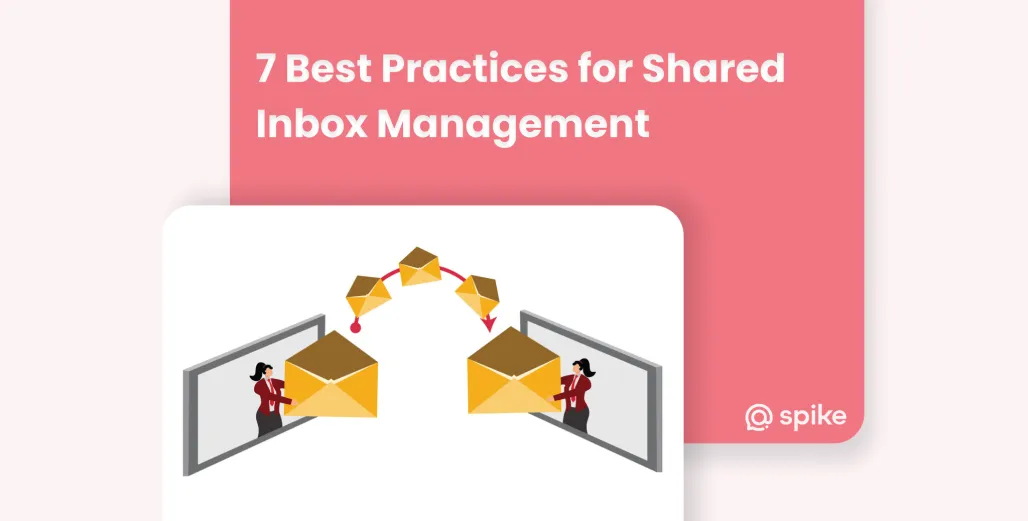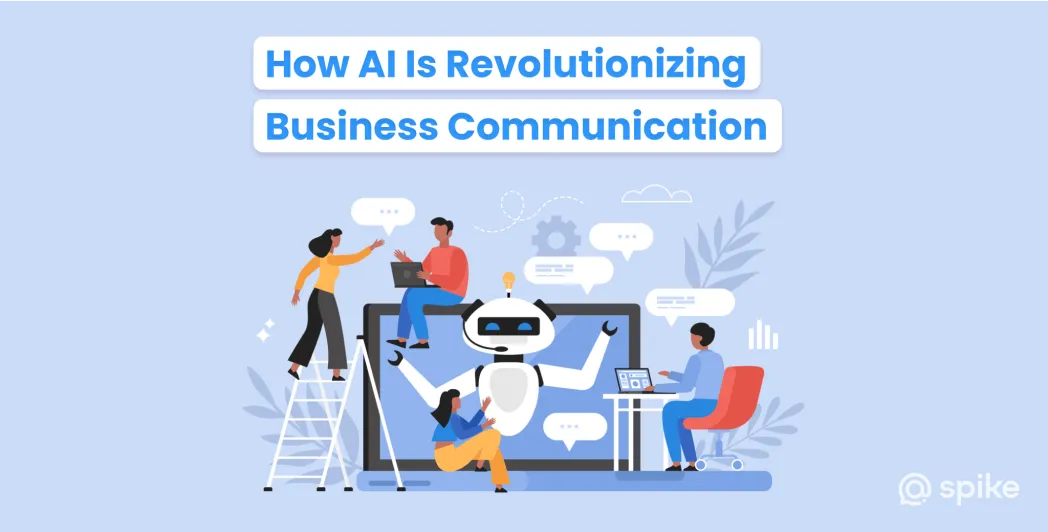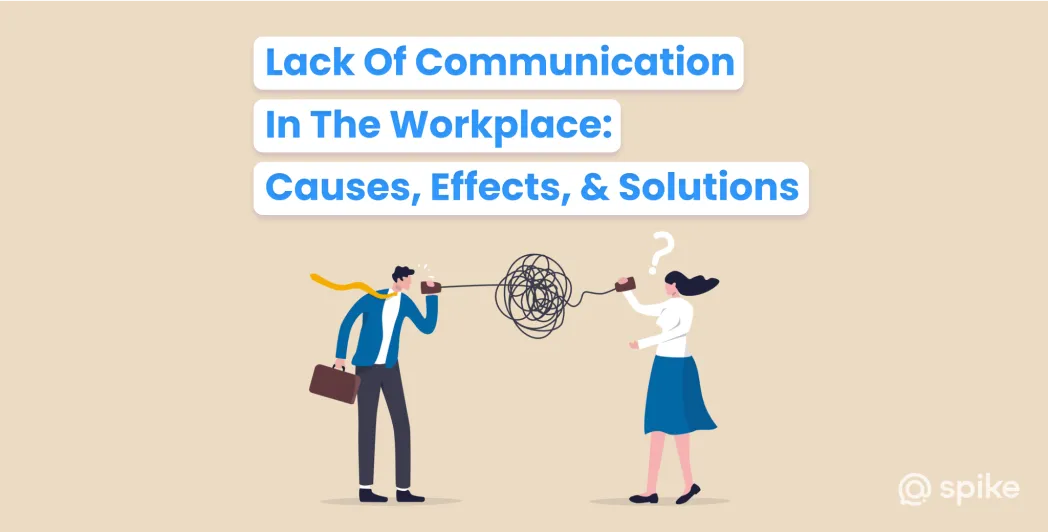
The average professional spends more than a quarter of their workday dealing with email. While it is a vital part of business communication, spending 10+ hours a week in your inbox is a waste of time, energy, and resources.
What's more, being overloaded with emails also hinders your ability to communicate effectively – if your inbox is overflowing, it's impossible to know which messages are important (and which can go in the trash), so you'll end up missing vital communications.
Inefficient email organization leads to low productivity, missed opportunities, misallocation of resources, and, let's face it, low morale – nobody wants to waste time in their inbox.
On the other hand, when email is managed well, it is the powerhouse of your productivity suite – the heart of any good work OS. The problem is that thousands of people and companies still haven't got good work OS – they are stuck using legacy email solutions that lack the dynamic features necessary for a modern era of mobility and remote work.
In this guide, we're going to take a look at ways that you can improve your email organization even if you're stuck in a legacy system as well as how a modern email client can take your communication to the next level. You'll be learning:
•
How frequently you should check your work email
•
How to make the most of email on the move with your smartphone
•
Tips and tricks for better inbox organization in Gmail, Outlook, and more
•
How to streamline your messages to cut to what's important
•
How to find the best email app for your work email




